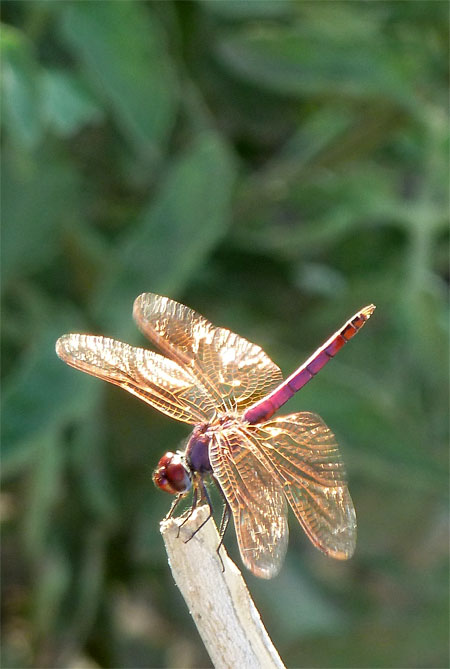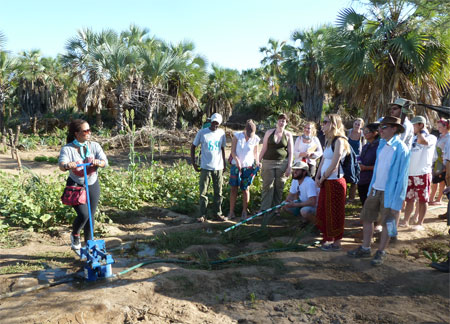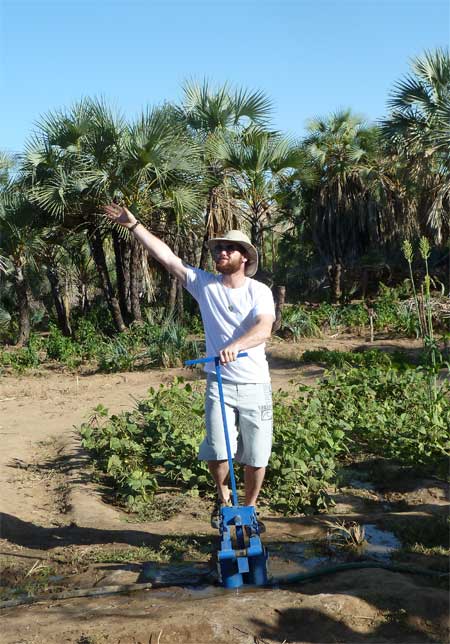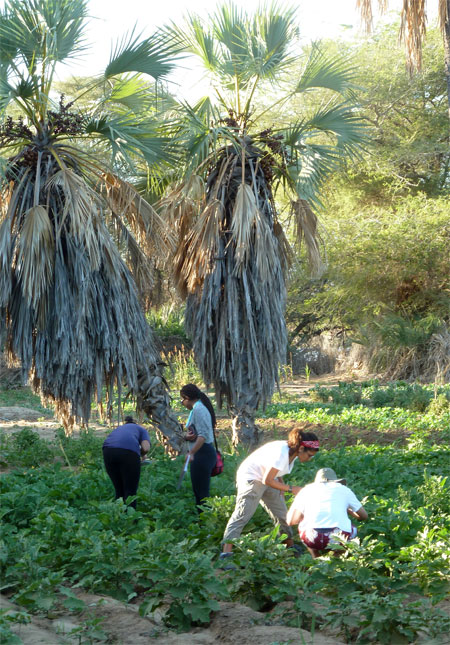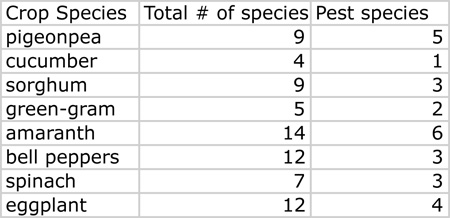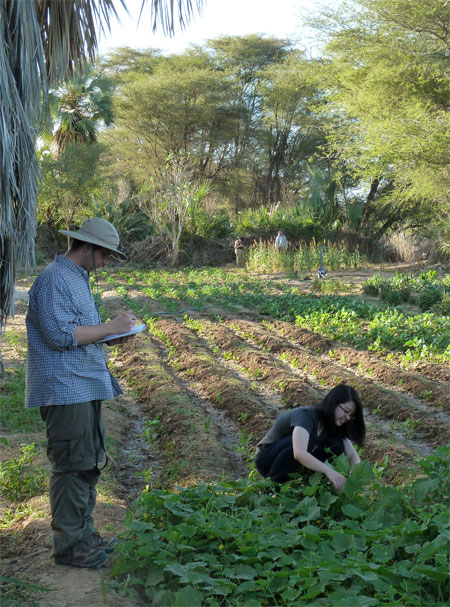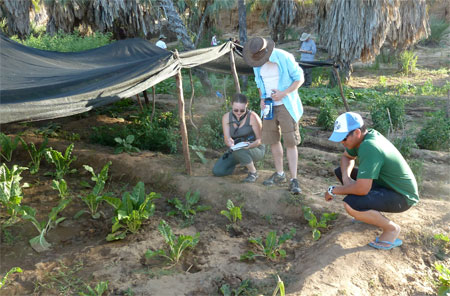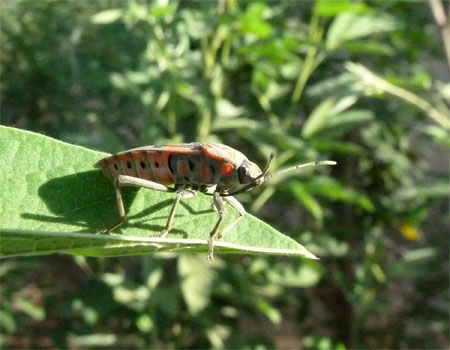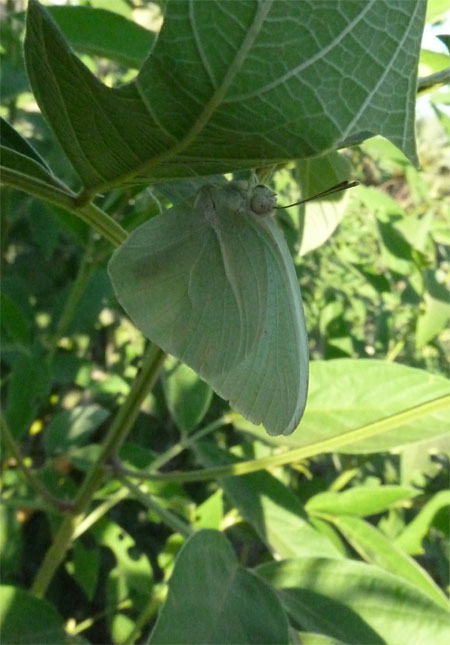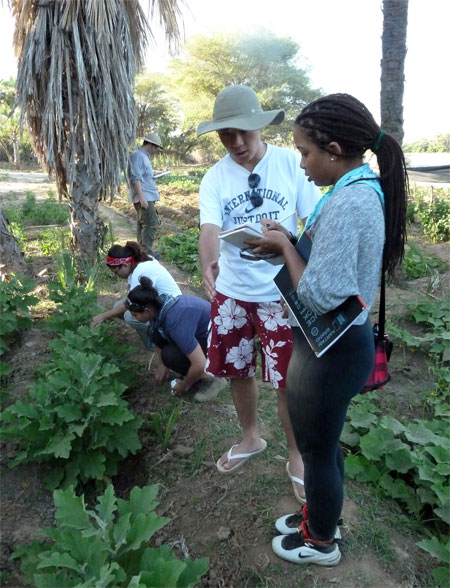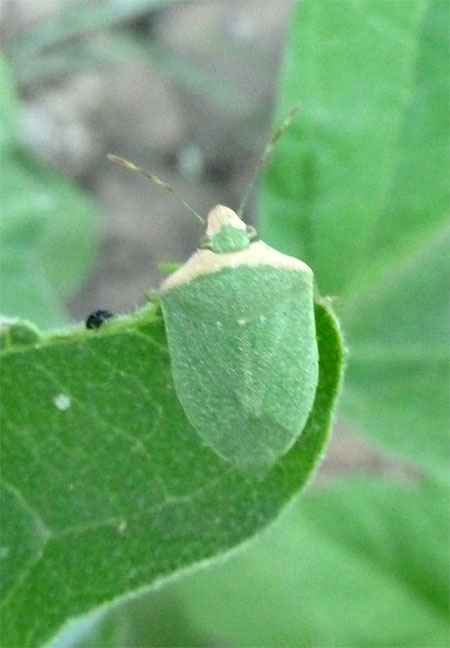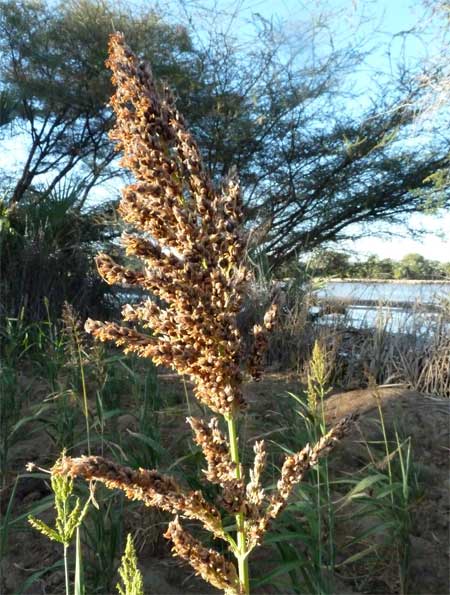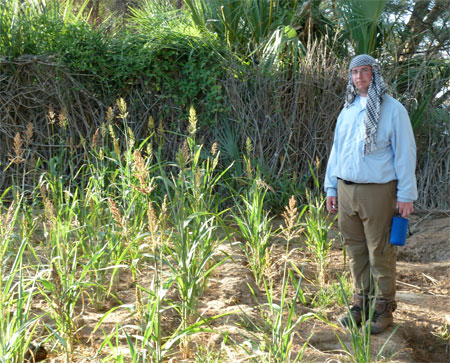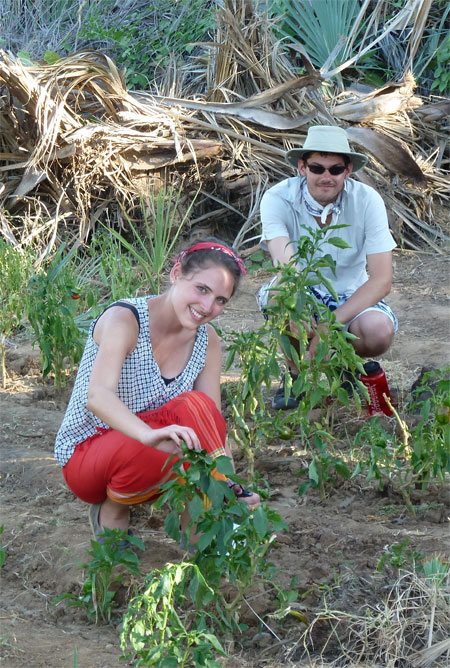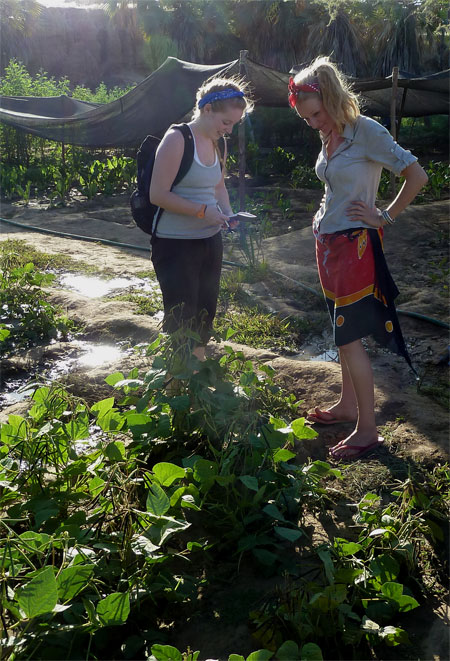Good Bugs and Bad Bugs
One of the important topics that we have been exploring as part of the Ecology Module is the question of ‘ecosystem services’ and how biodiversity, basically wild species, contribute to human livelihoods.
TBI is working with the community to address various issues, and one of these is a pilot farming project with a local women’s group. We visited the farm to look at the insects that interact with the crops.
Most farmers view insects as pests. It is true that some insects are pests, but many of them are actually beneficial and help to control pests or provide services like pollination. We wanted to measure the effect of insects and see if their reputation as pests was misleading and also quantify how many different insects were present and what the insects were actually doing on the crops.
The first thing we did was try out the pump that is used to irrigate the farm. It is based on simple mechanism that involves using human muscle power. The students were impressed and gladly tried pumping water. “It’s like an aerobic stepping machine!” said the students.
We then explored the farm and different pairs of students were assigned to work on different crops. One of the assignments was collecting and quantifying any insects that they found on the crop. We looked at eggplants, spinach, sorghum, bell peppers, cucumbers, amaranth and green-gram lentils (mung beans).
The results were interesting. Some crops had lots of different insects and others just a few. Amaranth had the most different species on it, with a total of 14 different insects present, while cucumbers had the fewest insects with only 4 different species present.
However, while most of the crops had several species of insects, only a small sub-set of these were pests. We also found that each crop had different insects on it. There was very little overlap in species. The only insect that was found on more than two different crops were the green Stink Bugs
Here are the results of what we found:
Basically, most of the biodiversity (insects) on the crops are not pests. There were lots of species that were predators of pests, or simply just hanging out in the field. This shows the importance of protecting and understanding different species on farms. Most of the insects around us are beneficial and not harmful. The more species present, the more stable a particular system is. Therefore we need more, not fewer, insects on our farms.
When we use chemical pesticides irresponsibly we end up killing a lot more than the pests. Understanding and identifying insects on crops is as important as a correct diagnosis is for humans and animals in order to deal with a potential problem.
Farming with nature rather than against it is an important aspect of sustainable development.
We left the farm with a better appreciation for biodiversity and had some of the freshly picked spinach for dinner!

